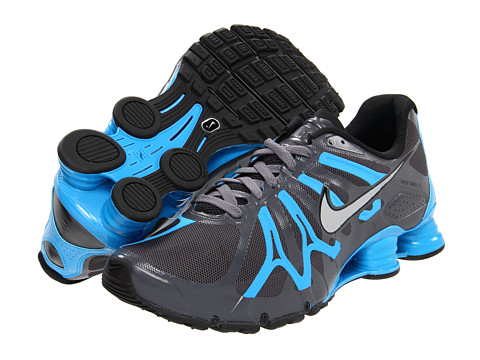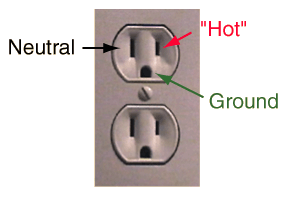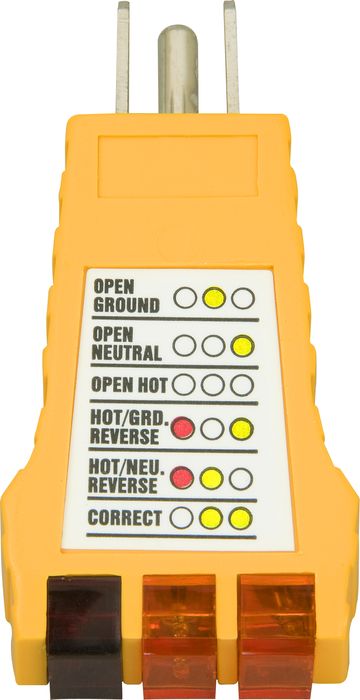Shoes are Bad? What?
So we have grown up wearing shoes. Many of us didn't wear shoes as children during the summer. But shoes are an essential and unquestionable part of life aren't they? Sometimes though it is good to question the standards and shoes is one of those standards. Shoes are designed to protect our feet from stepping on glass and rocks and other pointy things and keep them warm in the winter. They are designed to "support" our feet; support is good right? Arch support and nice thick heels to dampen the shock. Ok well I have been on a journey for many years now which is leading me away from shoes, back to nature. We humans didn't have fancy running shoes until the Space Shuttle came into being; since around 1970. So for 52 years out of 200,000 years we have been wearing "hi-tech" shoes that are supposed to fix our flawed feet. Is it working? It seems that 80% of runners get injuries so I am thinking shoes aren't living up to what they promise or at least what we think they are supposed to do. Maybe, our flawed poor feet aren't so bad. And maybe they are not even flawed at all. Maybe our feet don't need any support or padded heals or springs or air bladders or orthotics. Is it possible that barefoot is best? Could shoes actually be bad for feet? Could they be responsible to running injuries and ankle, knee, hip, back and neck problems? Well, I have heard that if you go barefoot too much you will get flat feet! Isn't that true? In India where the poor kids don't have shoes and the rich kids do, more rich kids have flat feet than the poor kids. Yeah, that's right. Wearing shoes too much can give you flat feet! But what about all that arch support; doesn't that help? Well if you ask me, when something is supported too much it gets weak. By definition an arch is a support. Have you ever seen a supported arch in a bridge or building? Use it or lose it right? So what about those cushy heel pads; those have to be good right? They protect our heel when we run and walk and land on our heels. Think about how much that would hurt if we didn't have that cushioning. But wait.... who ever said that we are supposed to land on our bony heels when we run? I personally don't think it makes very much sense to land on a bony heel. What did they do for 199,948 years before they came out with those cushy heels on running shoes? Could they all have been in constant pain? Or maybe they didn't land on their bony heels. Perhaps they landed on the balls of their feet when they ran. Hey, that kind of make sense if I think about it. If I land on the ball of my foot it is like a shock absorber. My arch acts like a spring to ease my foot to the ground. I bet if I ran like that it would give my arch a pretty good workout. I am even thinking that my arch would get stronger; is that possible? I think it may be.Is there any evidence for these crazy ideas? Well there is actually. This link is to Harvard University's Skeletal Biology Lab, where Professor Lieberman and company studied the difference between running with shoes and without shoes. What he found was that running with shoes predisposes us to heel strike and that when we heel strike it causes quite an impact. They said it is like hitting your heel with a hammer with the force of 2 times your weight... Pow! People that run using a fore-foot strike or landing on the ball of your foot, there is only a gradual rise in force meaning it is low impact.
Also upon actually running barefoot himself, Professor Lieberman said it was actually quite fun to run barefoot; it was very freeing. So running with high tech shoes is a high impact activity and barefoot running is a low impact activity. You have to wonder if running in fancy running shoes are actually cause injuries rather than preventing them. All that high impact force on our joints step after step has got to cause some issues with our joints.
The first time I ran barefoot or should I say with a fore foot strike (with my Vivobarefoot shoes) it was was really cool; it was actually fun! I haven't run in 10 years and even if I would run 10 steps it would aggravate some sensitive parts of mine (I won't go into detail). So now I know it was the harsh impact. Also my hip would snap too (IT band problem). Now I can run 2 miles barefoot with no pain or negative side effects. It is low impact and my stride is shorter so it doesn't seem to aggravate my hip.
So that is a lot about running; what about walking? So Doctor Rossi, a doctor of Podiatry wrote an article about why it is impossible to walk naturally with shoes on. His bottom line is this (fyi, gait = walking or stride):
"It took four million years to develop our unique human foot and our consequent distinctive form of gait, a remarkable feat of bioengineering. Yet, in only a few thousand years, and with one carelessly designed instrument, our shoes, we have warped the pure anatomical form of human gait, obstructing its engineering efficiency, afflicting it with strains and stresses and denying it its natural grace of form and ease of movement head to foot. We have converted a beautiful thoroughbred into a plodding plowhorse.
True, despite all these shoe-induced handicaps or gait, the human species is doing fine. But we might make our lives a shade better if we could find a way to regain our natural manner of walking and at the same time keep our shoes on our feet."
As stated above, most shoes prevent our natural way of walking or our gait. However, with more careful shoe designs we might be able to have our cake and eat it too. Some of the new minimalist shoes do a pretty good job of simulating barefoot. I personally have been wearing VivoBarefoot shoes for many years as they have a 4mm thick sole and a wide toe box so my toes can splay or spread. I have a pair of Komodosport Vibram Five Fingers and also have recently bought a pair of "Invisible Shoes" which are huaraches, the kind of shoes people have worn for thousands of years. Basically it is two thin pieces of rubber with three holes where the laces go through to strap them on to your feet. These shoes give the feedback I need to keep a better posture and work the way I was designed to walk. So yes sometimes my heels start to hurt, but it's not the shoes that are the problem; I don't need more padding. I just need to stand up straight and then my heels almost lift off the ground. So feedback is good; maybe it should be called feetback.
If you are having any trouble with your feet, ankles, knees, hips, back or neck, consider minimal shoes or barefoot whenever possible. It takes time to adjust and relearn how to walk and run. It's not a quick fix. I think of it as a journey to self-awareness. Take it slow. If you run 5 miles a day only run the last half mile barefoot and gradually build up. Too much too fast can cause pain and even injury. Our muscles have to get strengthened as well as flexibility is a factor as well. If you always wear shoes, only go barefoot for a part of the day and work your way up to the whole day. I have found it to be a great adventure. I hope you do too.














